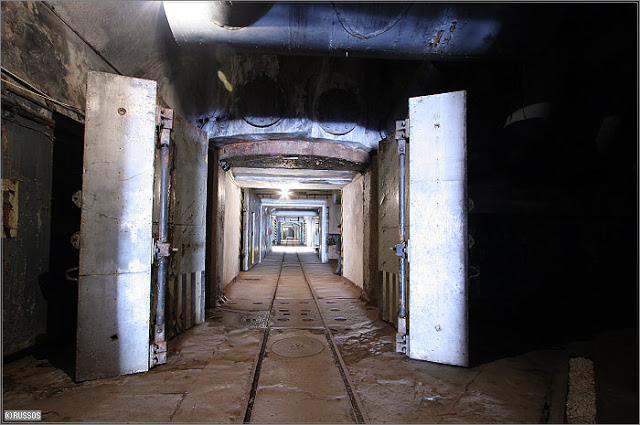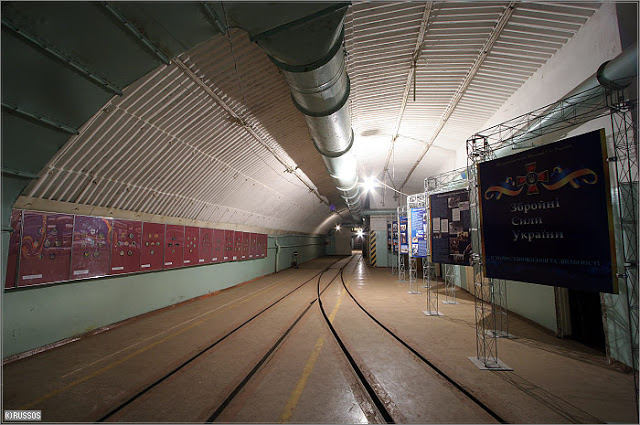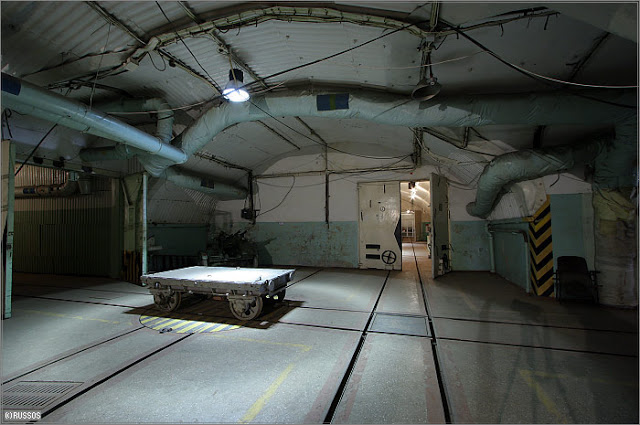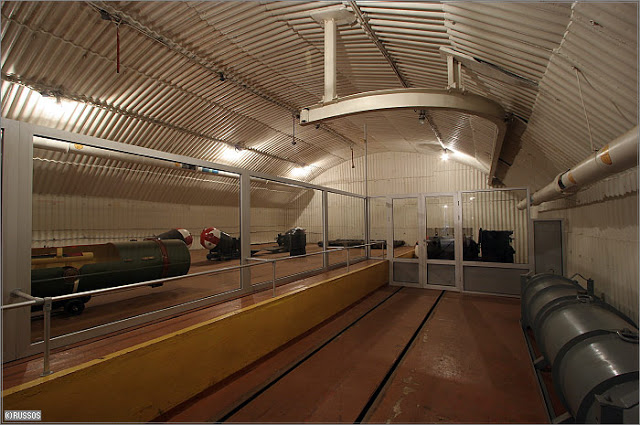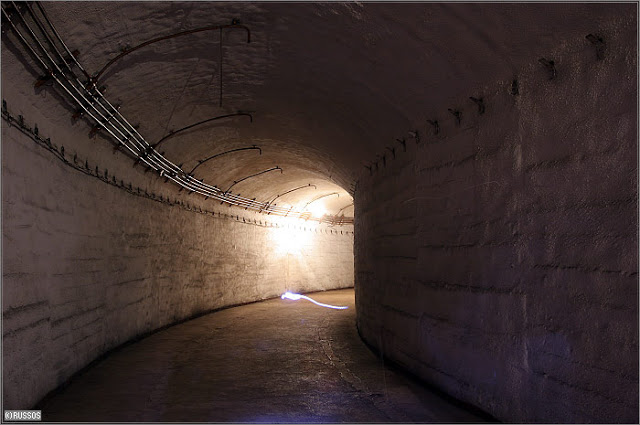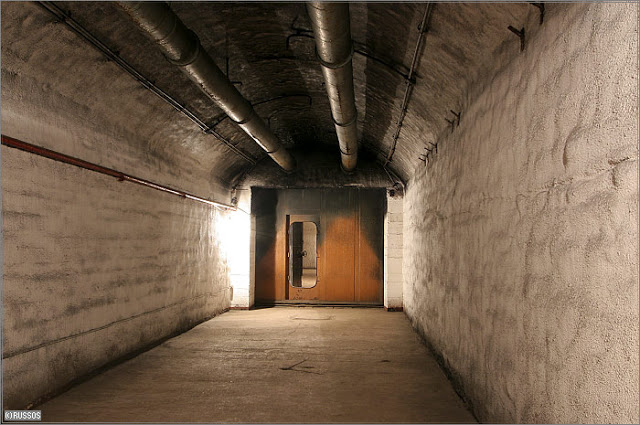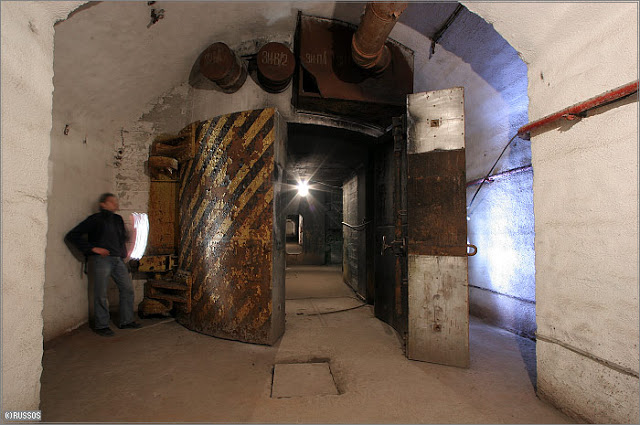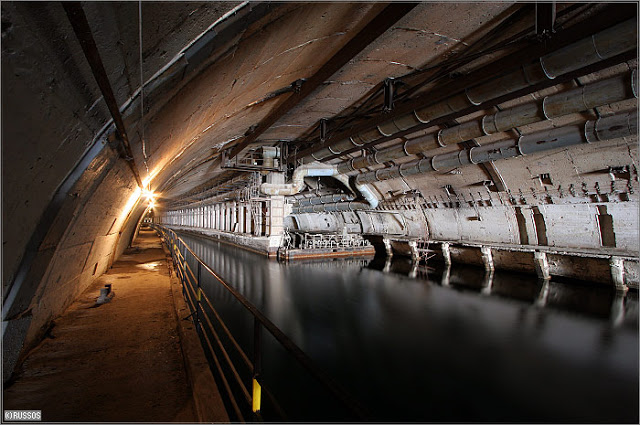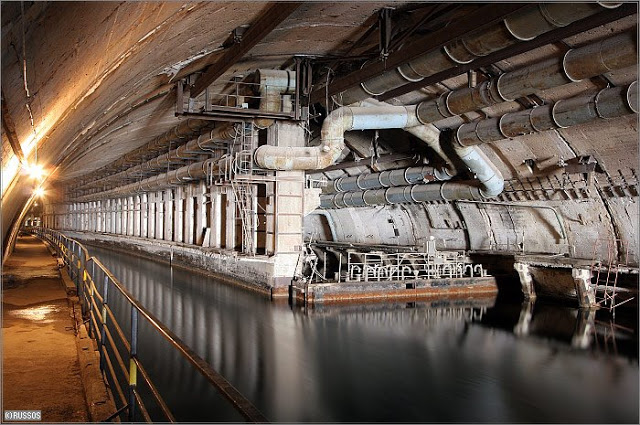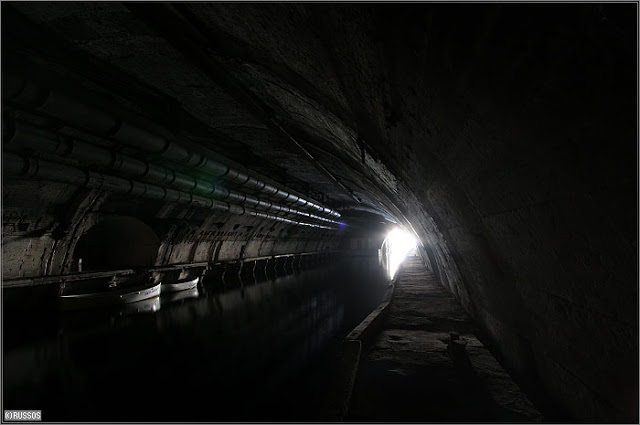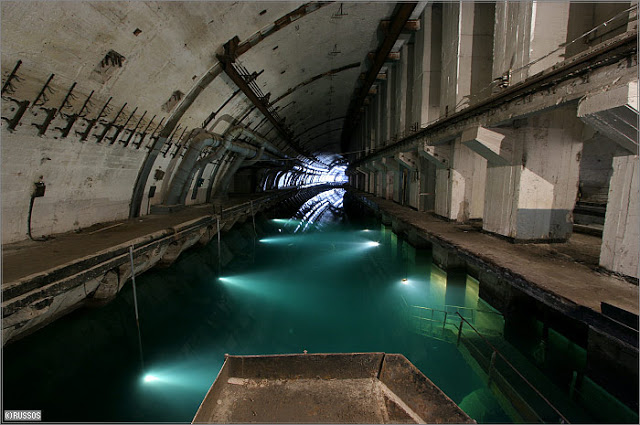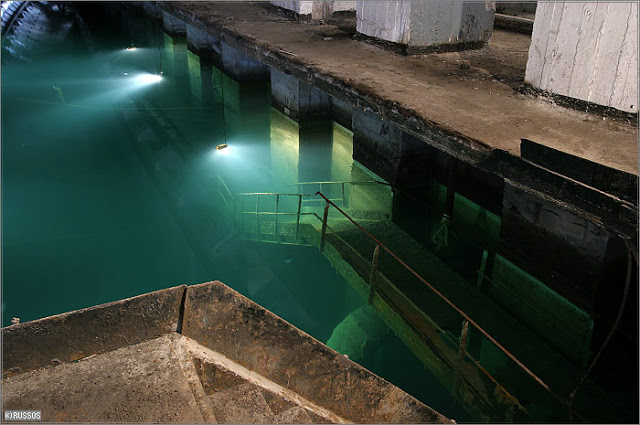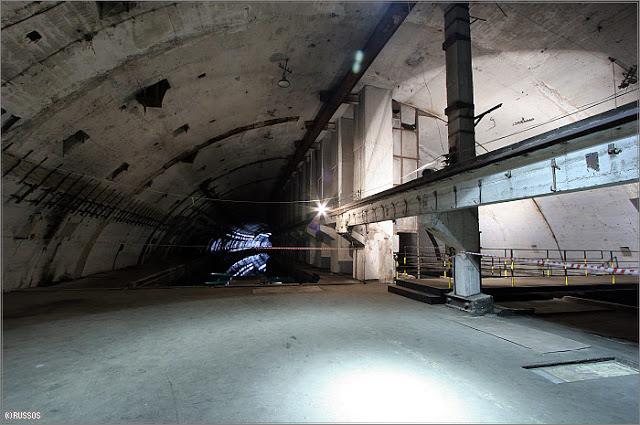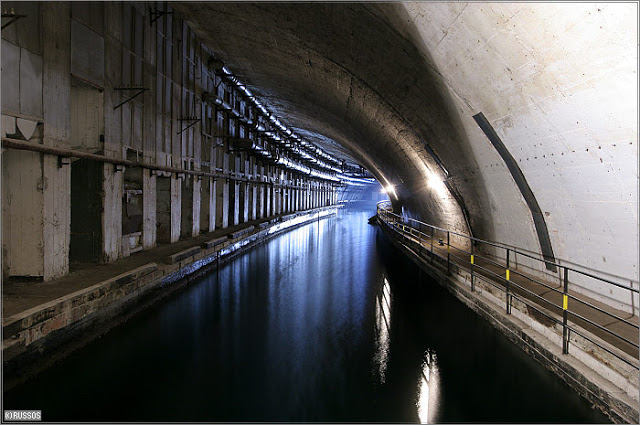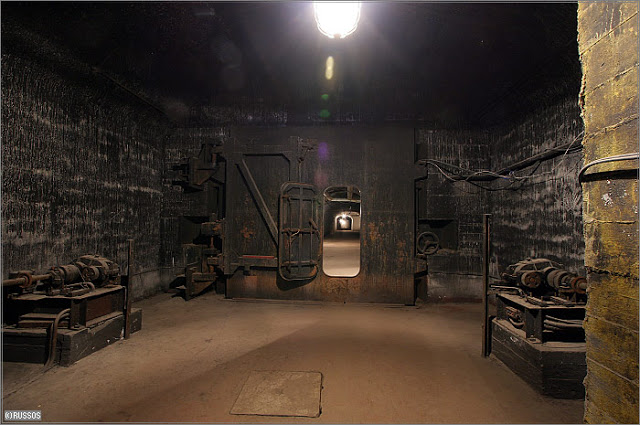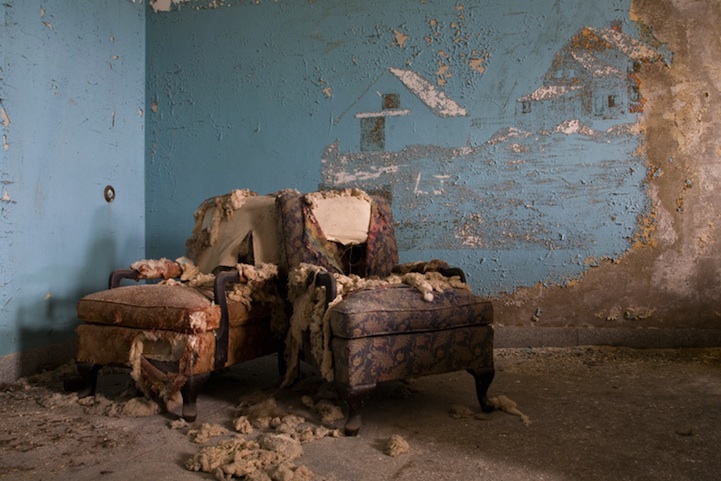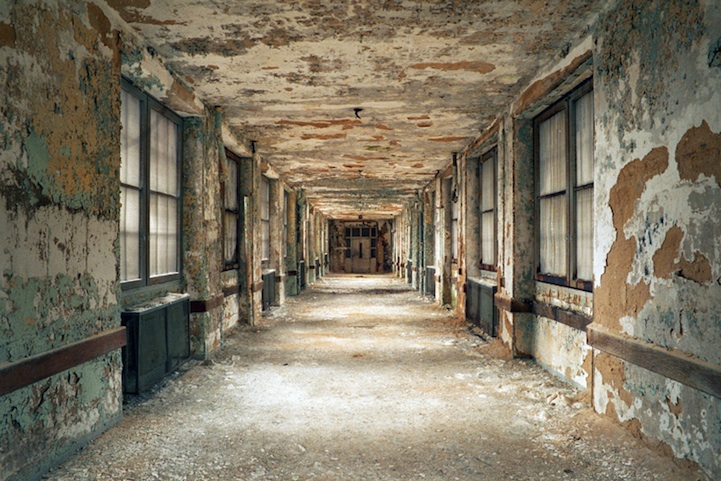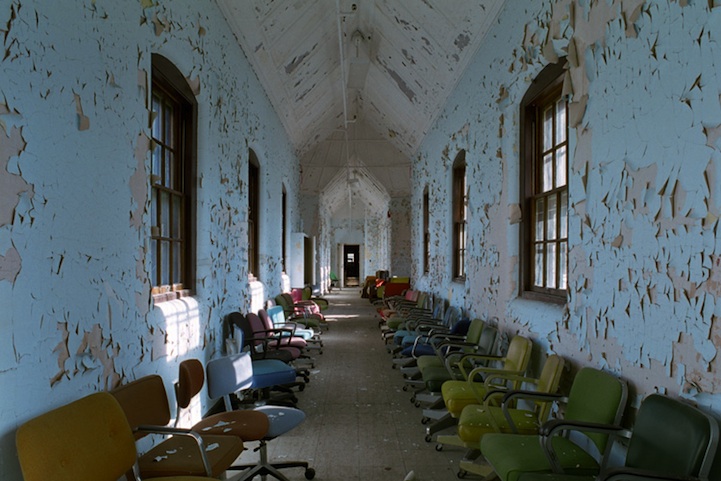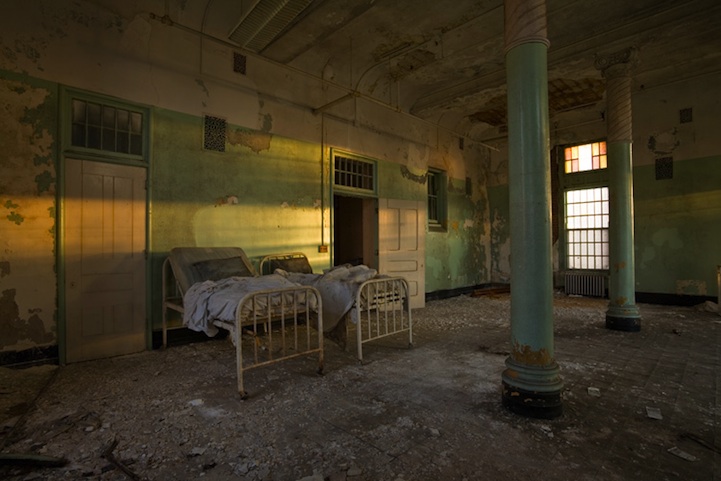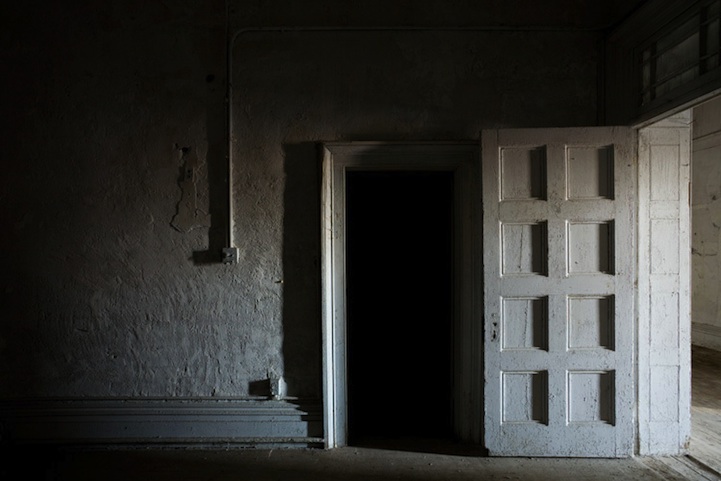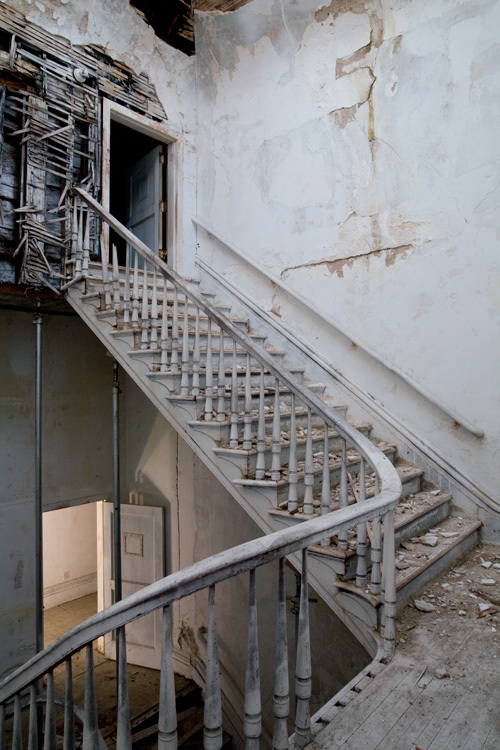Showing posts tagged abandoned
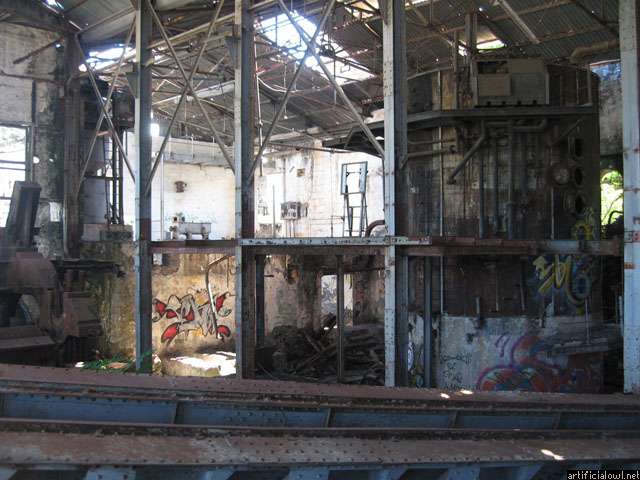 The first factory was built around 1830, it changed ownership in 1860, and thanks to technical improvement in the sugar cane processing kept changing and growing until it was finally shut down in 1970. All the sugar cane related activity moved to a more modern factory nearby.
The first factory was built around 1830, it changed ownership in 1860, and thanks to technical improvement in the sugar cane processing kept changing and growing until it was finally shut down in 1970. All the sugar cane related activity moved to a more modern factory nearby.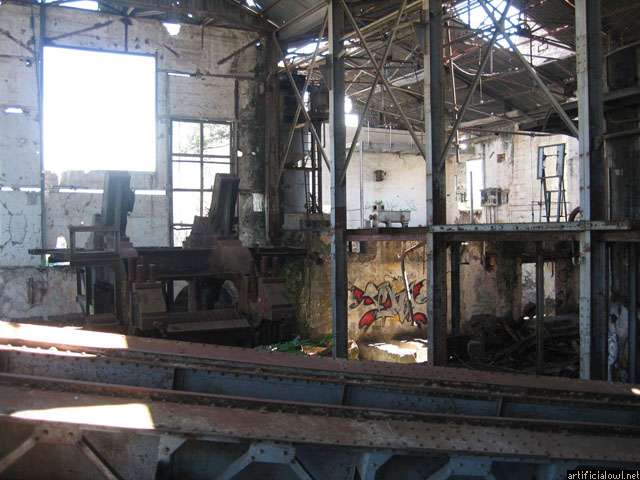 The interior looks like a damaged industrial cathedral, high ceilings, rusted machinery on the ground or hanging from the walls and the moisture slowly decaying everything.
The interior looks like a damaged industrial cathedral, high ceilings, rusted machinery on the ground or hanging from the walls and the moisture slowly decaying everything.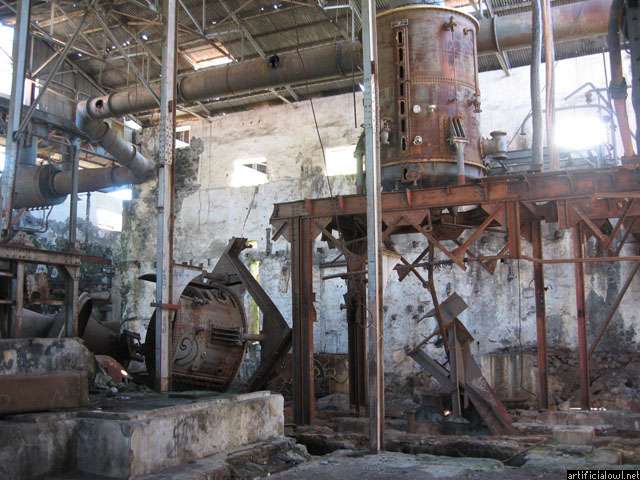
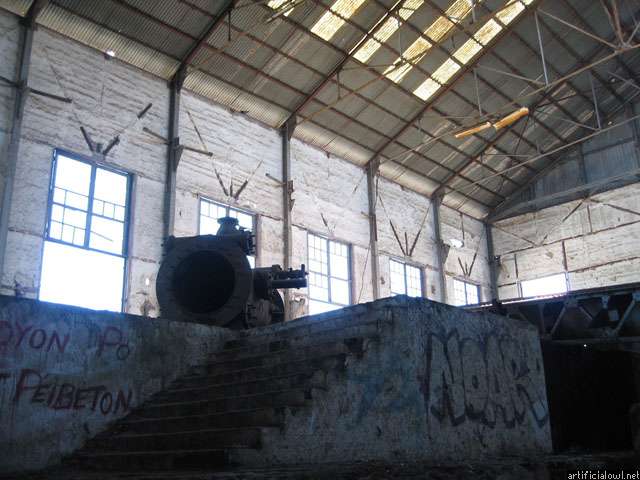
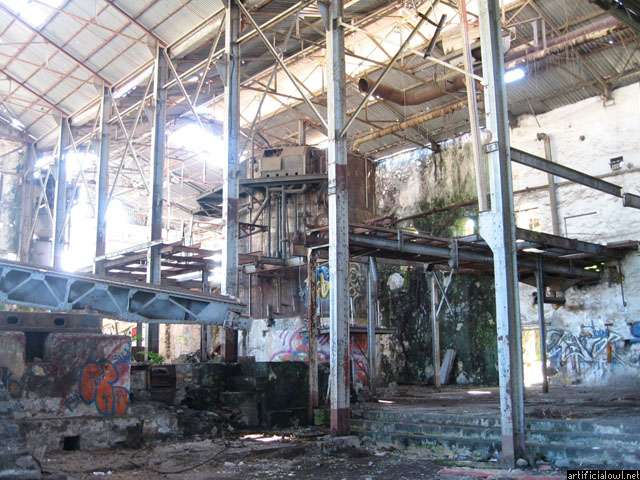
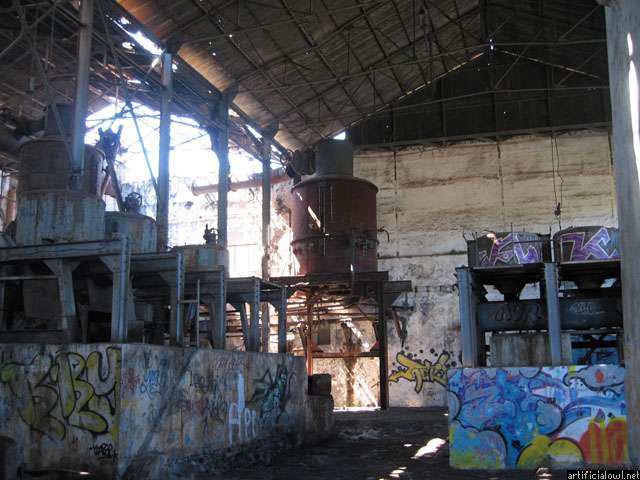
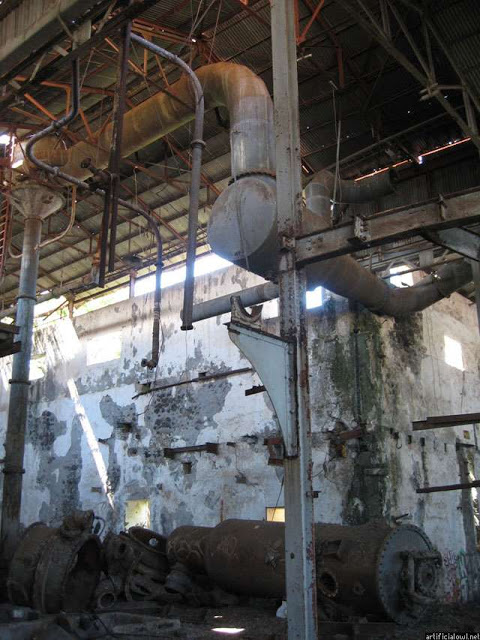
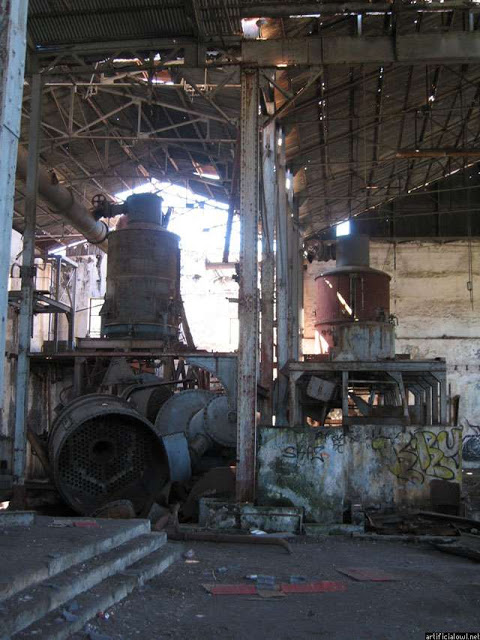

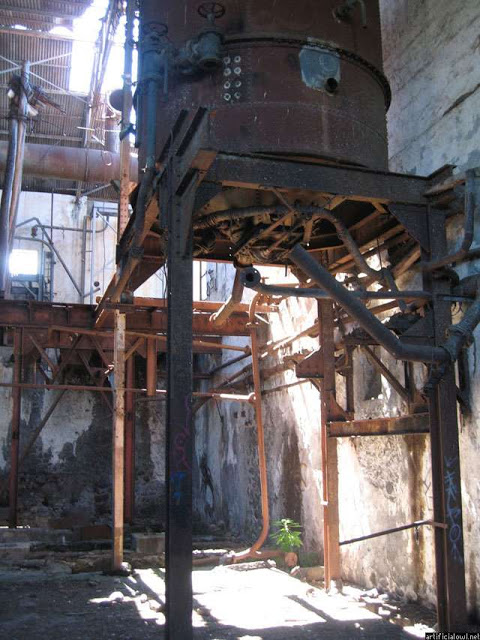
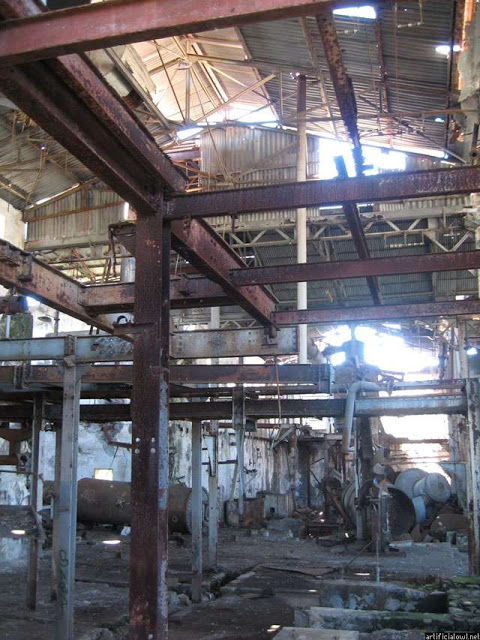

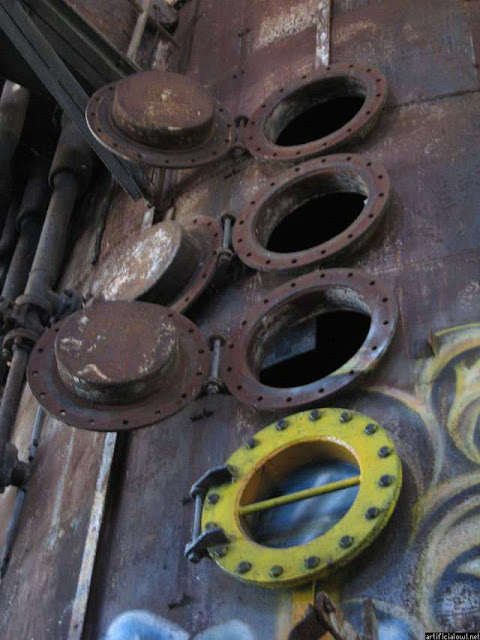

I recently "discovered" with great surprise this amazing site on google earth, and was equally amazed by its story. The unfinished "Crimean Atomic Energy Station" (Ukrainian КримськаАЕС, Russian КрымскаяАЭС) was supposed to be a new nuclear power plant for the region of Ukraine's Autonomous Republic of Crimea.
It's construction started in 1976 when Crimea was part of USSR. What exactly happened is unclear to me, it seems that the construction lasted almost forever (more than 10 years). Between 1986 and 1989 the station was inspected following the Chernobyl disaster, and was found to be located on a geologically volatile site. Construction of the facility was summarily abandoned.
All the construction equipment was left on the site, I suppose that the situation of the weakened Soviet union plays a role in this messy situation. Part of the nuclear reactors were shipped as spare parts to other nuclear plants of Ukraine.
The building of the nuclear power station entered into the Guinness book of records as the most expensive reactor construction in world history. The nearby city of Shcholkine also commonly known as Shchelkino or Shchyolkino by its Russian name, was constructed in 1978 to house workers of the power plant, the town population was later divided by 2 after the project halted.
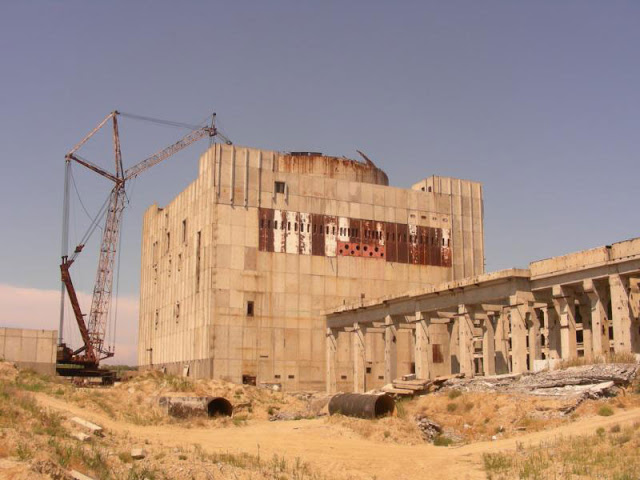

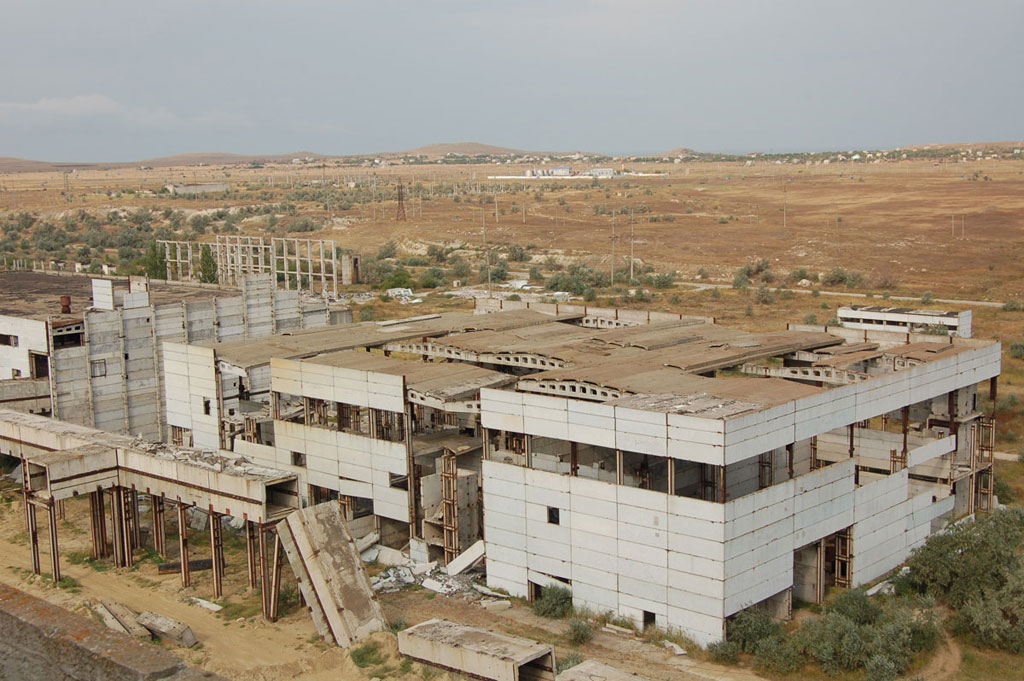

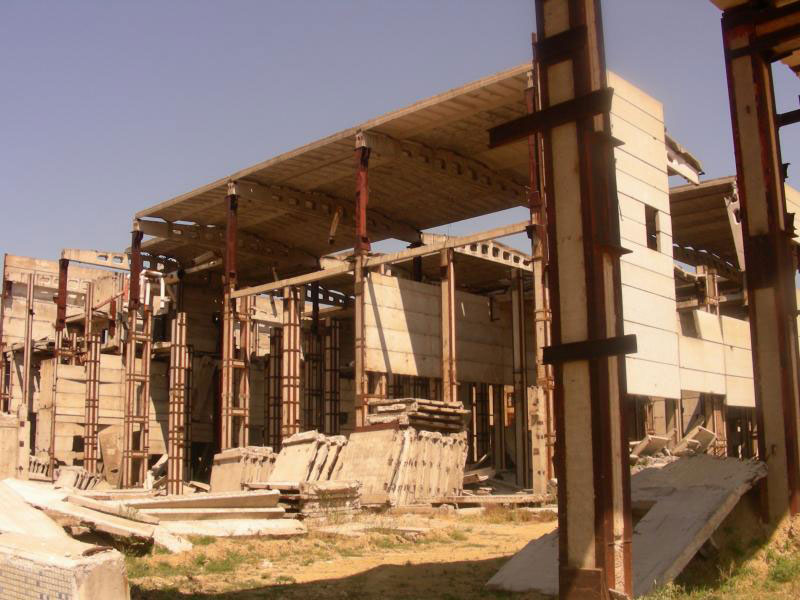
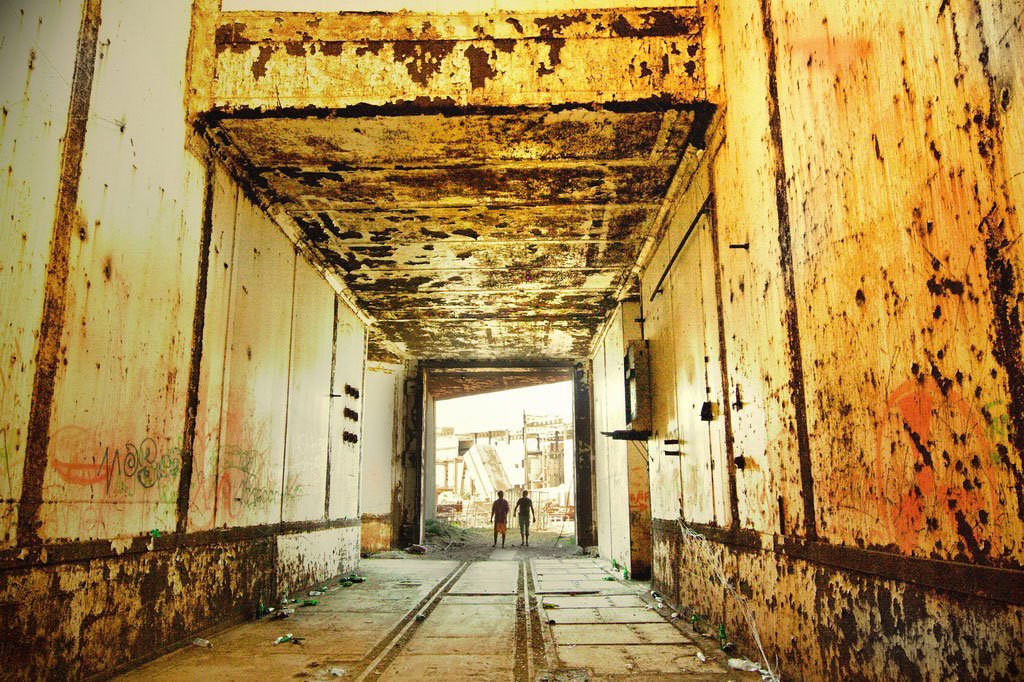
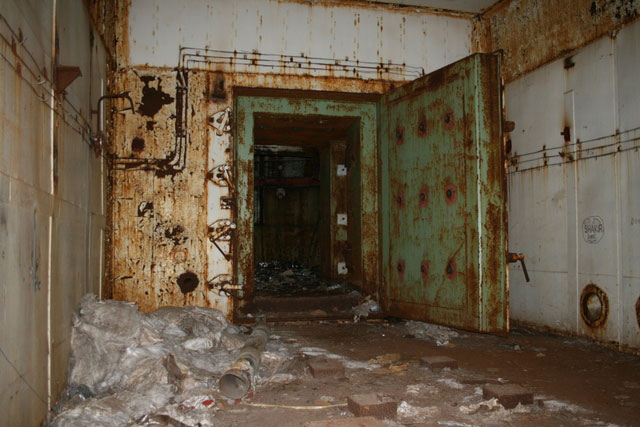
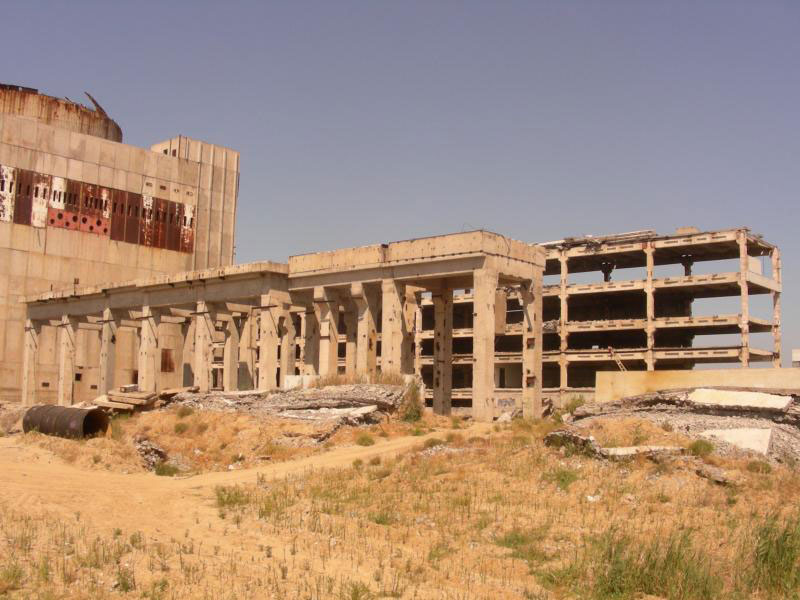

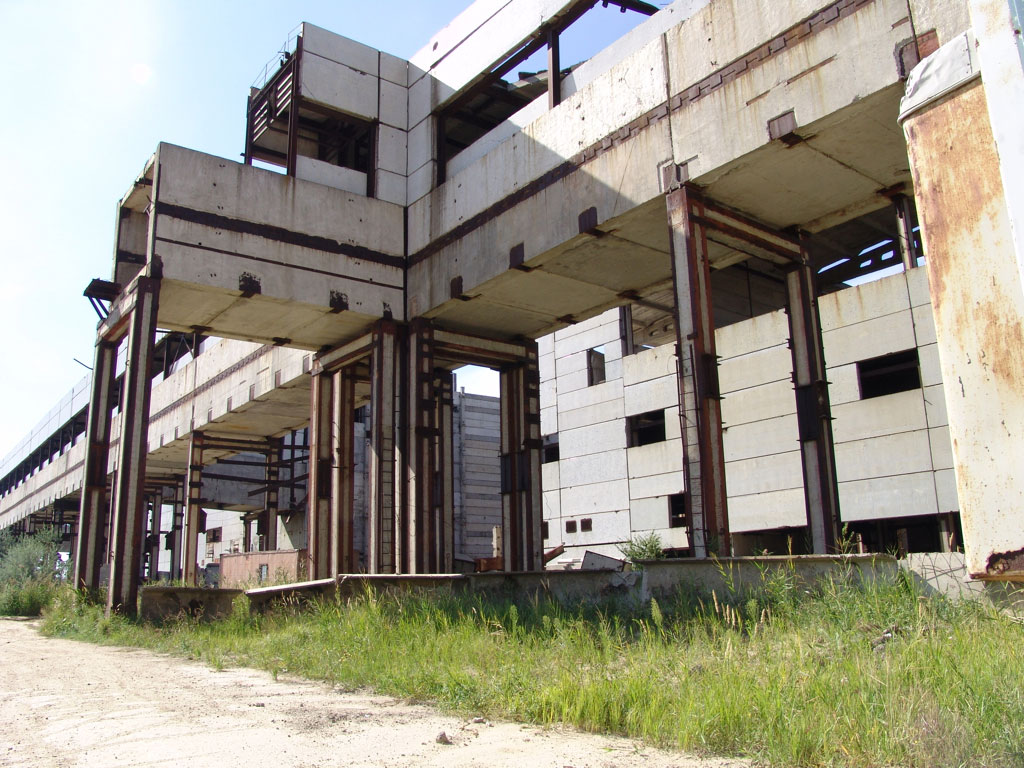
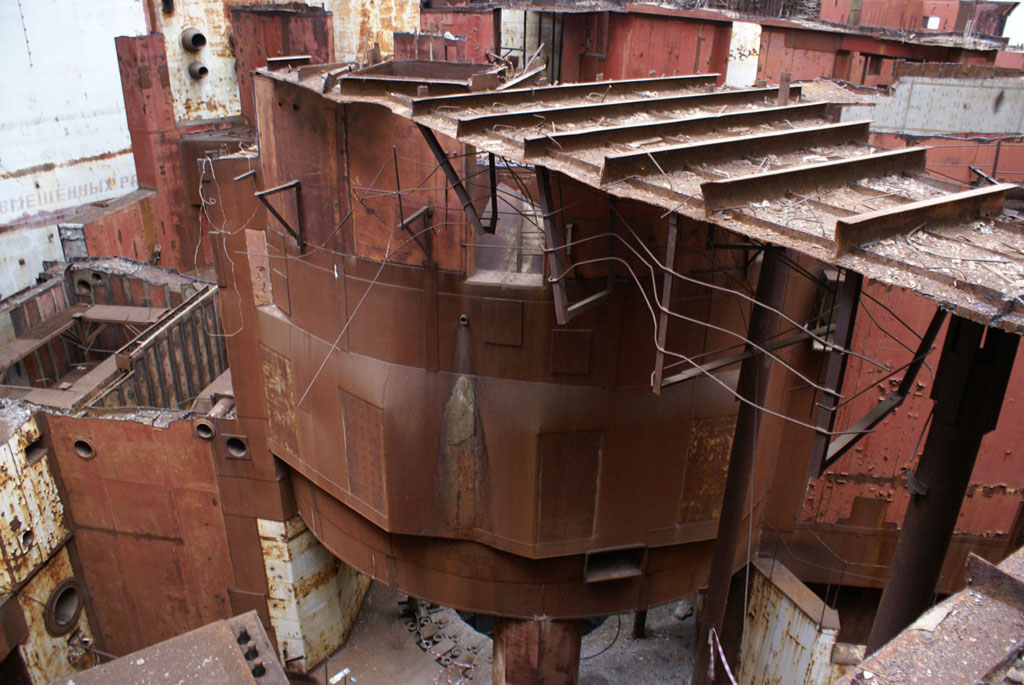
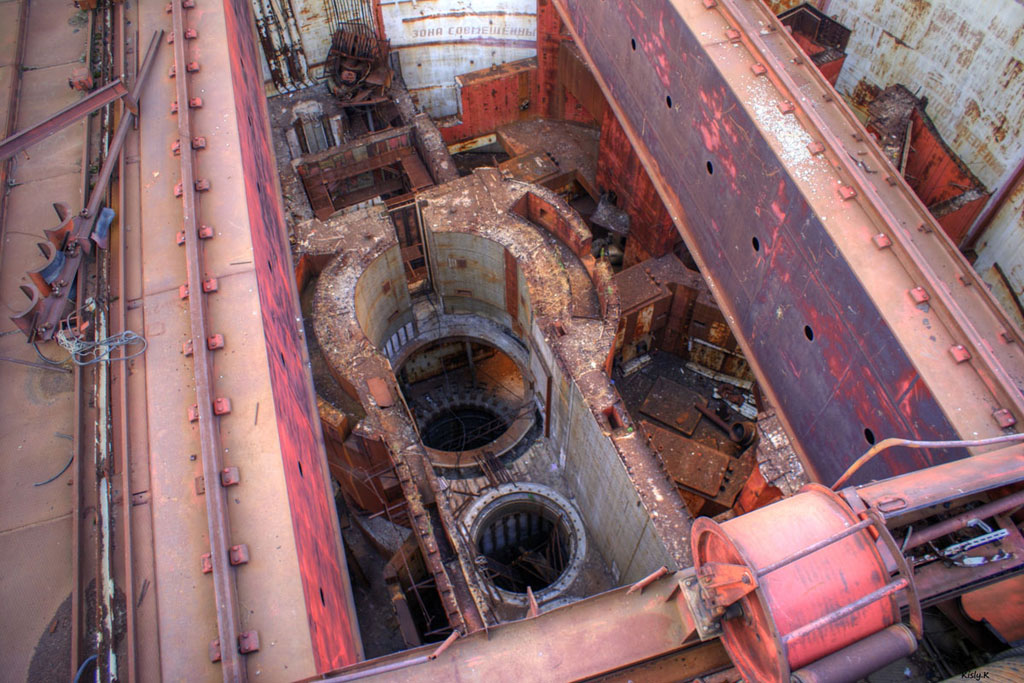
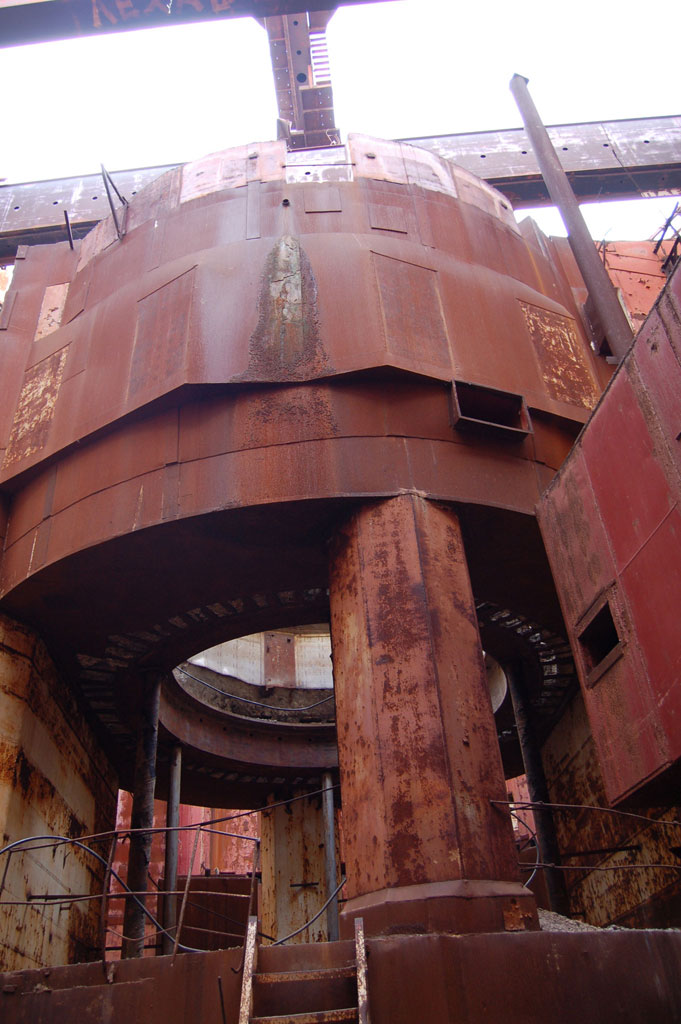
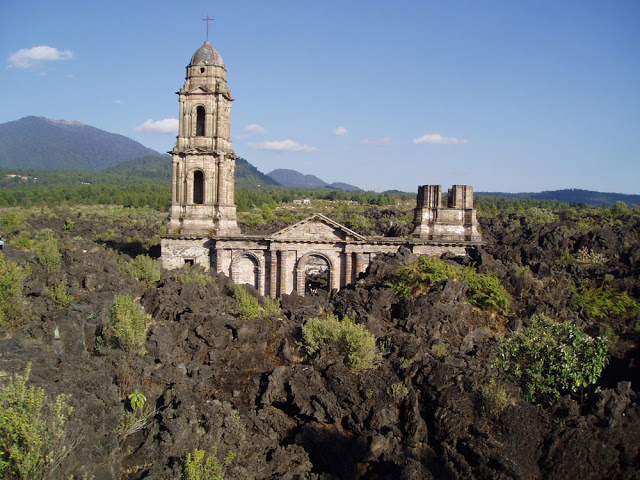
This church is the only remaining building left from the village of San Juan Parangaricutiro, located in the state of Michoacán in Mexico. What happened? Not far from there In 1943 the Volcán de Parícutin started to riseout of a farmer's cornfield. In the following irruption, it buried 2 villages under lava and ashes, including San Juan Parangaricutiro.

The church of San Juan is now an abandoned ruin in the middle of nowhere. During the eruption, the lava flowed around and into the church, and covered 3/4 of the town. Just beneath the church, the old houses and buildings keep buried under the rocks.
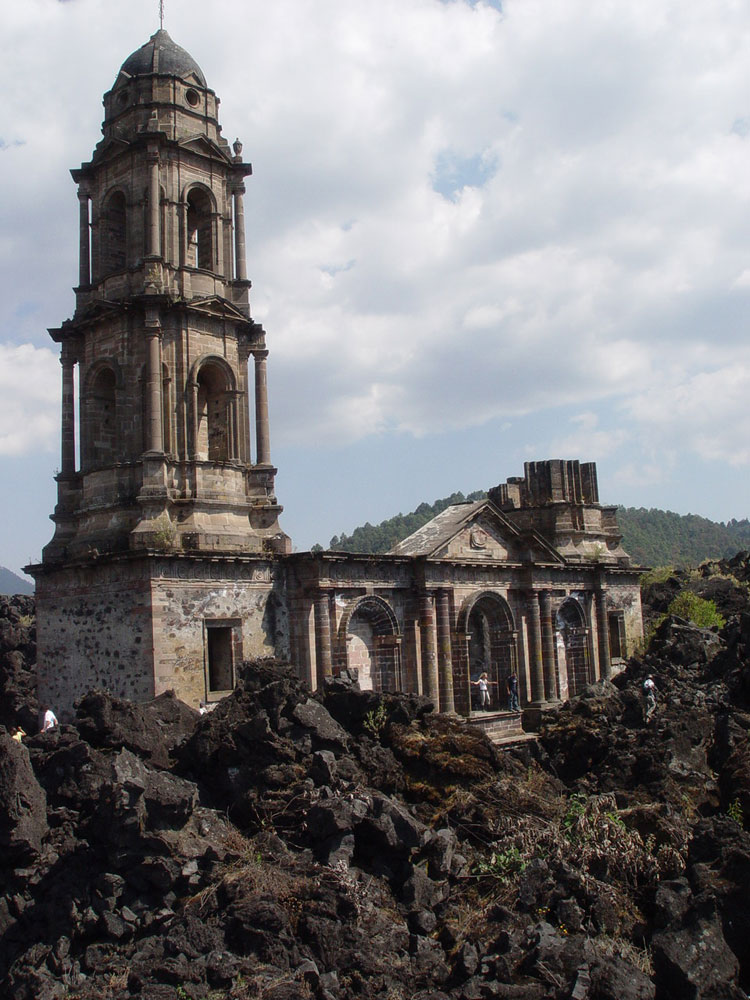
No one died from the Parícutin volcano as all residents were evacuated before the villages were covered in lava. At the end of this phase, the volcano had grown 336 metres tall. For the next eight years the volcano would continue erupting.

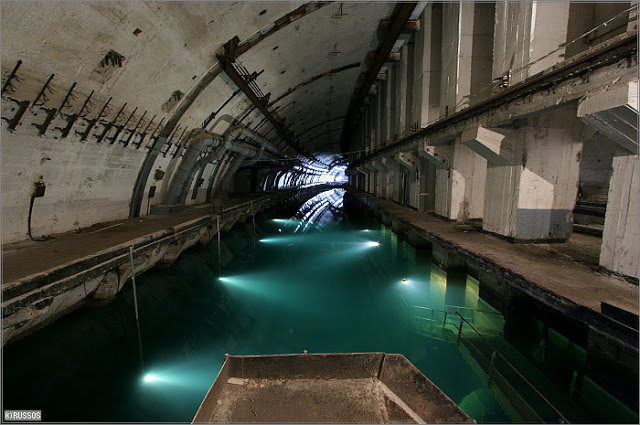
Balaklava (Ukrainian: Балаклава, Russian: Балаклава, Crimean Tatar: Baliqlava) is a town in the Crimea, Ukraine which has an official status of a district of the city of Sevastopol. It was a city in its own right until 1957 when it was formally incorporated into the municipal borders of Sevastopol by the Soviet government.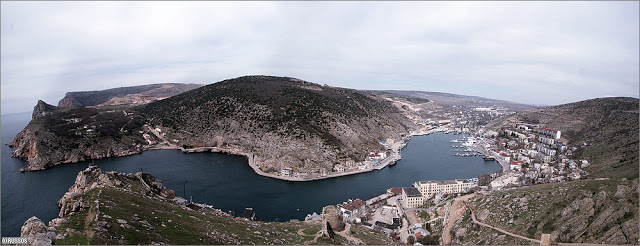
One of the monuments is an underground, formerly classified submarine base that was operational until 1993. The base was said to be virtually indestructible and designed to survive a direct atomic impact. During that period, Balaklava was one of the most secret residential areas in the Soviet Union.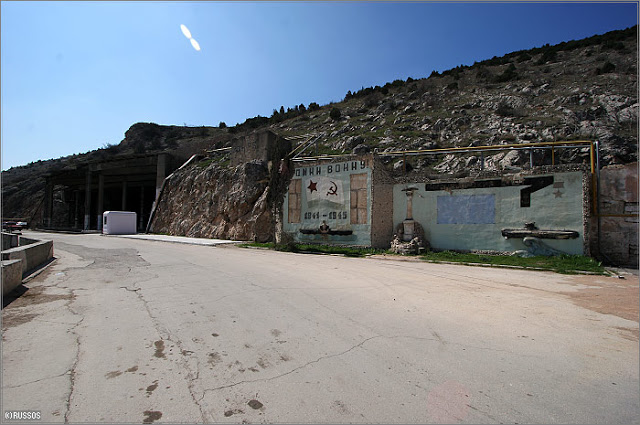 Almost the entire population of Balaklava at one time worked at the base; even family members could not visit the town of Balaklava without a good reason and proper identification. The base remained operational after the collapse of the Soviet Union in 1991 until 1993 when the decommissioning process started.
Almost the entire population of Balaklava at one time worked at the base; even family members could not visit the town of Balaklava without a good reason and proper identification. The base remained operational after the collapse of the Soviet Union in 1991 until 1993 when the decommissioning process started. This process saw the removal of the warheads and low-yield torpedoes. In 1996, the last Russian submarine left the base, which is now open to the public for guided tours around the canal system, the base, and a small museum, which is now housed in the old ammunition warehouse deep inside the hillside.
This process saw the removal of the warheads and low-yield torpedoes. In 1996, the last Russian submarine left the base, which is now open to the public for guided tours around the canal system, the base, and a small museum, which is now housed in the old ammunition warehouse deep inside the hillside.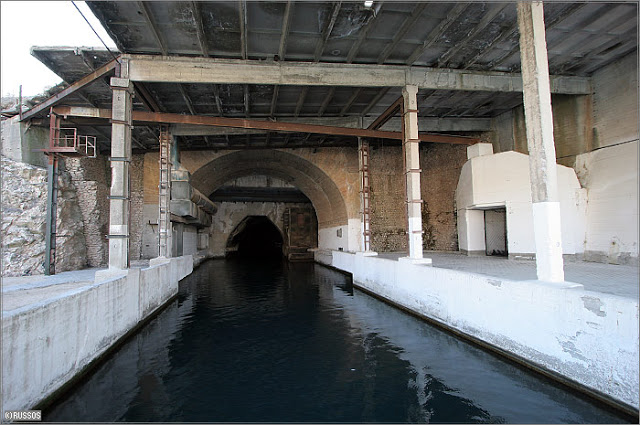 This nice visit of the base is possible thanks to the pictures from Russos
This nice visit of the base is possible thanks to the pictures from Russos